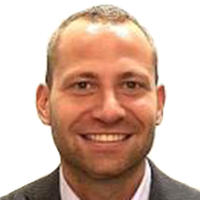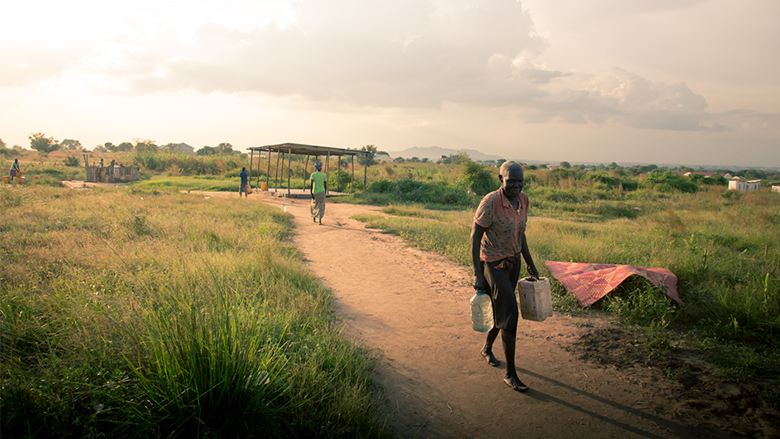With nearly 71 million refugees, internally displaced people (IDPs), and asylum-seekers as of 2018, forced displacement is a developing world crisis. However, evidence-based planning for IDPs is challenging because of a lack of data on their numbers, locations and socioeconomic characteristics. A new World Bank study aims to help close data gaps by using micro-level data to profile IDP populations and host communities in Nigeria, Somalia, South Sudan, and Sudan, as well as refugees in Ethiopia.
The report — Informing Durable Solutions for Internal Displacement in Nigeria, Somalia, South Sudan, and Sudan — analyzes the demographic structure of IDPs and resident populations and draws on factors that trigger displacement. The study introduces socioeconomic profiles of displaced people and fills the data gaps by providing inputs for targeted program and policy interventions for long-lasting solutions to end displacement.
“By relying on micro-data collected through household surveys carried out in four countries, this report aims to bridge the critical data gaps that stand in the way of helping better understand the forced displacement crisis,” said Utz Pape, senior economist in the Poverty and Equity Global Practice. “To overcome vulnerabilities among IDPs and to end displacement, evidence-based targeted policy interventions are needed that will ensure durable solutions.”

